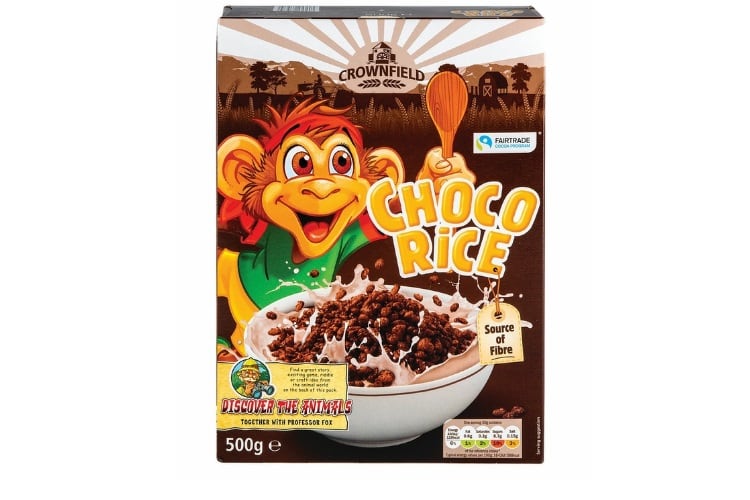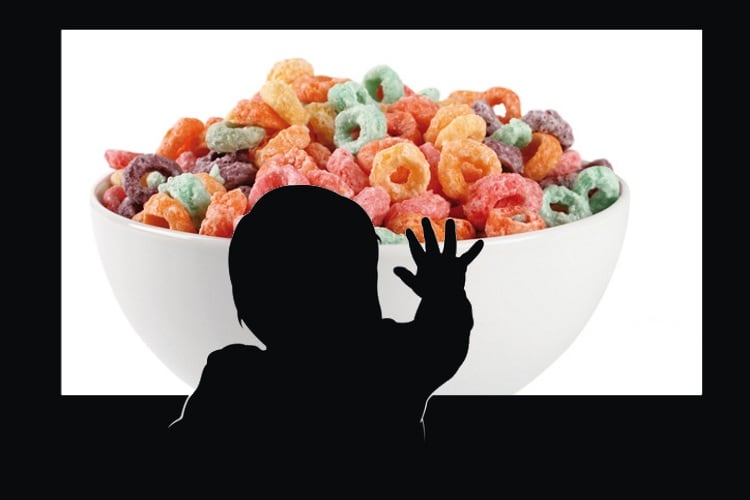A growing body of research has shown that children’s exposure to this type of marketing highly influences their dietary preferences, and, given the rising obesity rate among kids, the World Health Organisation has urged countries to develop sterner policies.
In Canada, childhood obesity has tripled over the past three decades and currently more than 30% of children and youths carry excess weight or are obese. Worldwide, the Childhood Obesity Foundation estimates that over 150 million children are obese. This is expected to rise to 206 million by 2025.
The 2020 study – published in Canadian Journal of Public Health – was conducted to determine the association between excess free sugars content – added sugar – and the presence of M2K (marketing to kids) on the pack.
Previously, the relationship between M2K and free sugars was not established due to the lack of research on free sugar levels.
M2K <=> high sugar levels
The cross-sectional study analysed the University of Toronto’s Food Label Information Program (FLIP), a database created in 2013 that features almost 18,000 prepacked foods and beverages from retailers in Canada.
Once the M2K on the packaging was identified, the researchers categorised the products into sugar-focused categories and compared sugar levels across similar foods.
They found that 92% of cereals that use M2K have excessive amounts of sugar, and concluded that the presence of M2K on products predicts high sugar levels in the product itself.
They added the use of M2K was more likely to be present on foods with excess free sugars levels in eight of 14 food categories, noting 77.8% of foods with M2K had excess free sugars compared with 38.4% of those without M2K.
Compulsory compliance
Health Canada defines ‘unhealthy’ products as those with a total sugar, sodium or saturated fat content that exceeds 5%-10% of the daily value (DV).
In 2016, Bill S-228 — The Child Health Protection Act — was proposed by Health Canada as part of its Healthy Eating Strategy to improve the nutritional quality of Canadian diets and restrict the marketing of unhealthy foods, specifically to young children.
However, Bill S-228 failed to pass before Parliament dissolved for the 2019 federal election, which means that Canada doesn’t have a legislation restricting M2K on ‘unhealthy’ kids products.
The results from the study supports reducing the current threshold of 15% to 5% total sugar DV that is proposed in Bill S-228. The researchers believe lowering the limit would restrict M2K on 83% of foods with excess free sugars levels, and on 75% of current products that use M2K.
The study also confirms a 2018 paper that the effectiveness of the F&B industry’s self-established Uniform Nutrition Criteria to improve the healthfulness of foods viewed by Canadian children on television is still poor and that mandatory regulations are needed.
Studies:
Authors Jodi T. Bernstein, Anthea K. Christoforou, Christine Mulligan, Mary R. L’Abbé
Can J Public Health (2020)
doi.org/10.17269/s41997-019-00276-3
Authors: Monique Potvin Kent, Jennifer R. Smith, Elise Pauzé and Mary L’Abbé
International Journal of Behavioral Nutrition and Physical Activity (2018) 15:57




